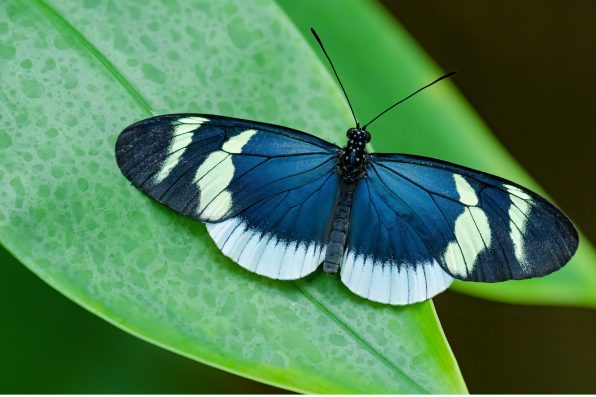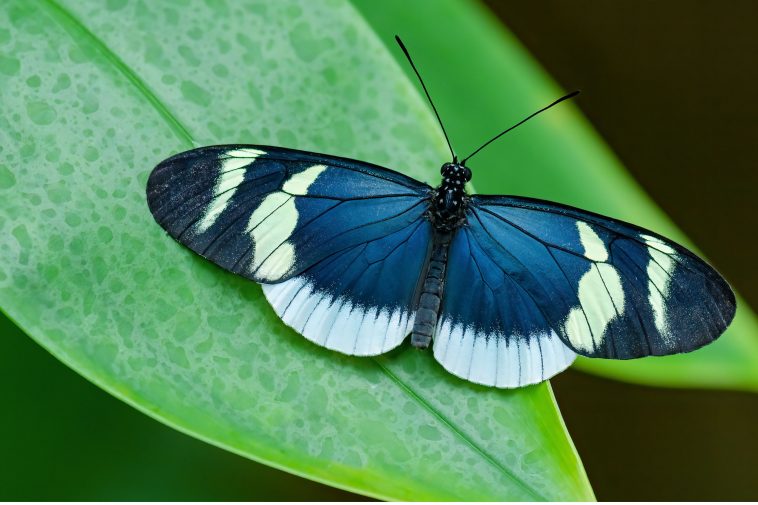Given the minuscule size of insects, it’s typical for humans to overlook their intelligence. Yet, as our understanding of animal cognition evolves, insects are gaining recognition for their mental capabilities.
In fact, a recent study led by researchers at the University of Bristol has revealed that Heliconius butterflies have the ability to learn and remember spatial information. These findings offer the first experimental proof of spatial learning abilities in any species of butterfly or moth.
While spatial learning has been observed in insects before, it was primarily in social insects like ants and bees, known for their communal living. But, the new study suggests that advanced learning abilities, including the utilization of spatial data, might be more widespread among insects than was earlier assumed.
“It’s fascinating to learn about the complex behaviors that even familiar animals like butterflies express as part of their natural ecologies,” said Dr. Stephen Montgomery, the study’s senior author.
“These species are extracting and processing diverse information from their environment and using them to perform complex tasks– all with brains a couple of millimeters wide.”
For the study, the team conducted spatial learning tests with Heliconius butterflies across three varying spatial scales, mirroring behaviors relevant to their natural habitats.
Beginning on a smaller scale, the experiment aimed to determine if the butterflies could memorize the location of a food reward within a one-square-meter space featuring 16 fake flowers. This setup was designed to simulate the act of foraging within a single patch of resources.
Next, the scale was expanded to test if the Heliconius butterflies could associate food with the left or right side of a two-armed maze covering three square meters.
Additionally, the experiment’s scope was further broadened by utilizing large outdoor cages, assessing whether the butterflies could memorize the location of food within a 60-meter-wide T-maze. In all three settings, the butterflies were successful.

Sign up for Chip Chick’s newsletter and get stories like this delivered to your inbox.


